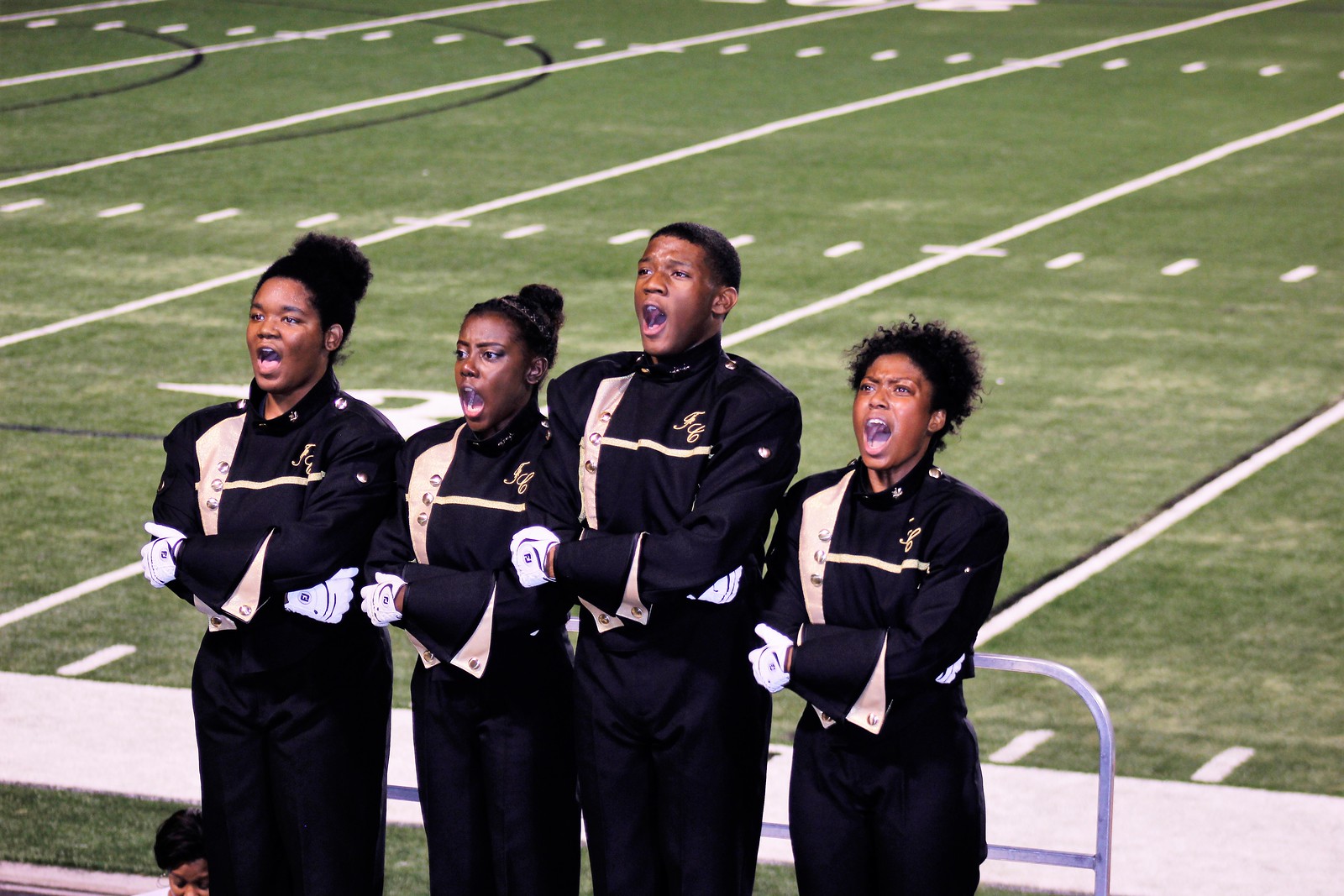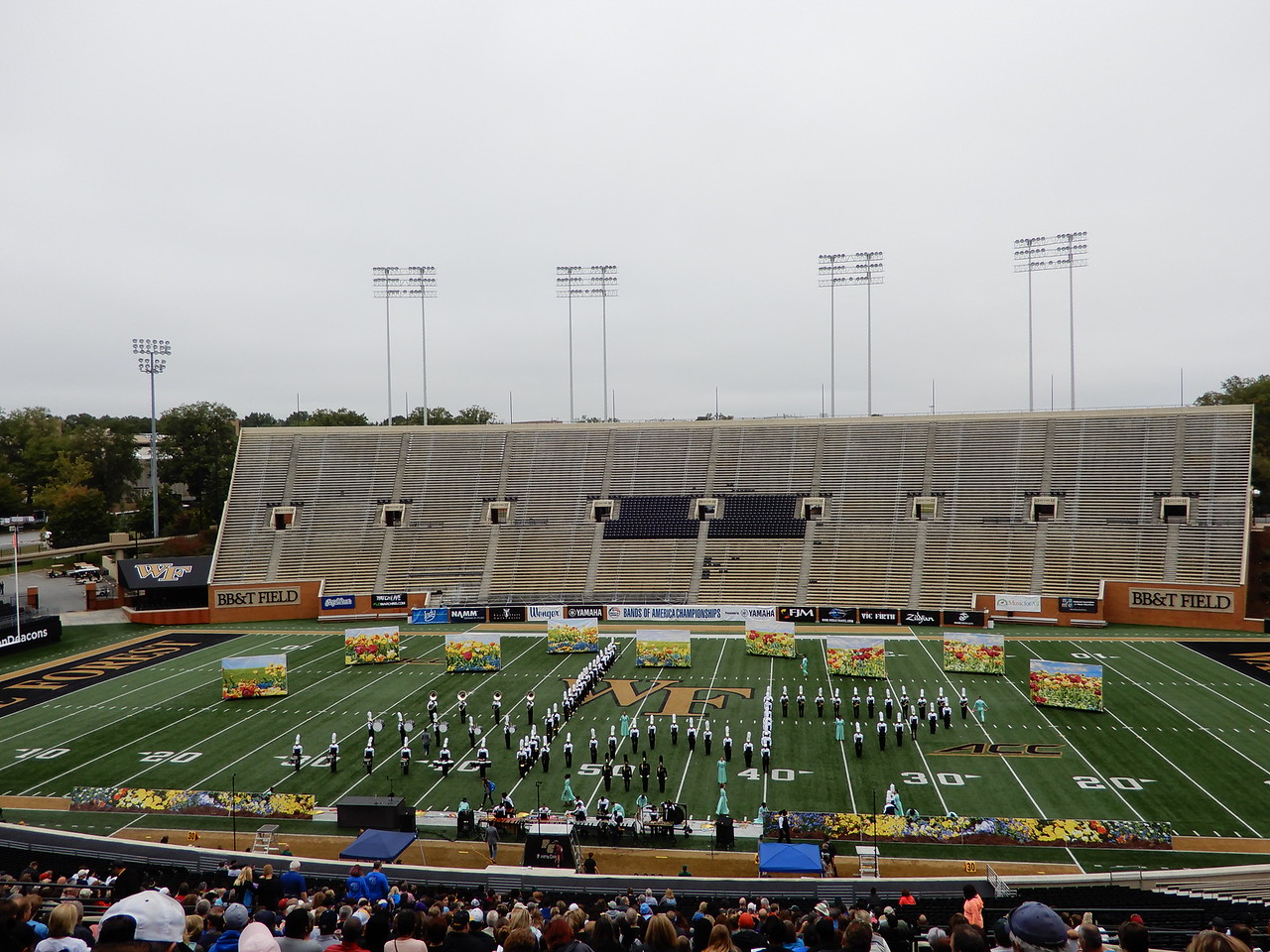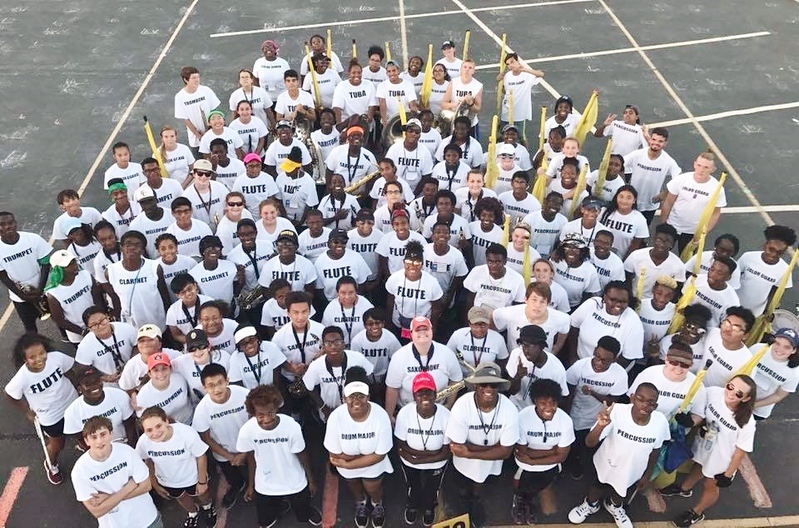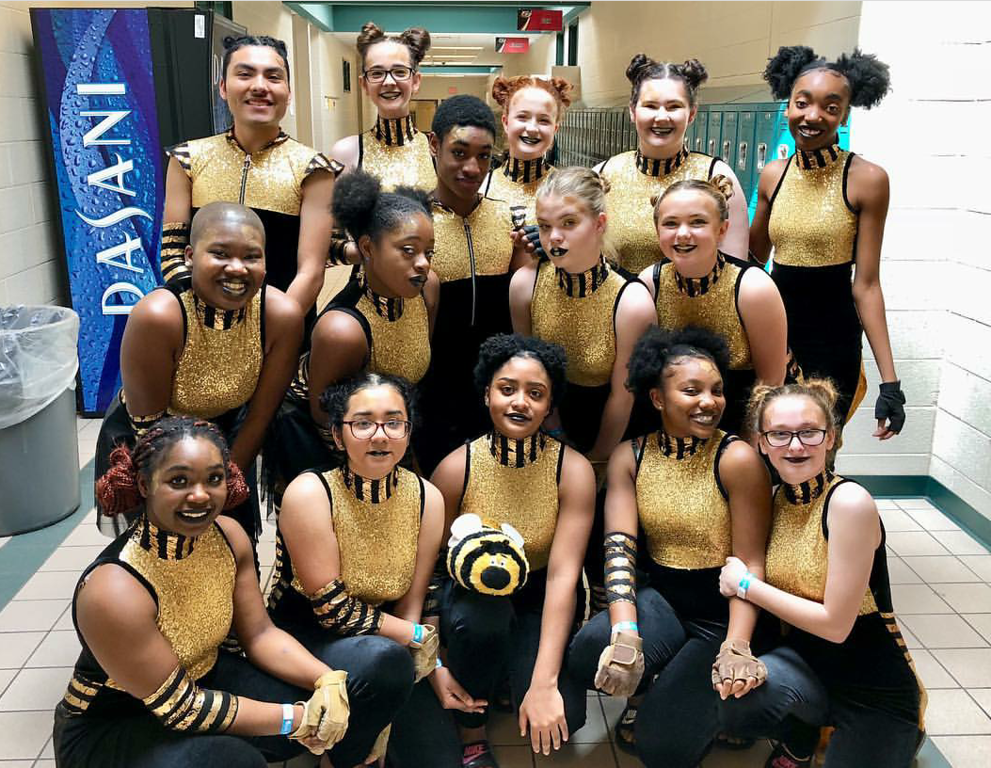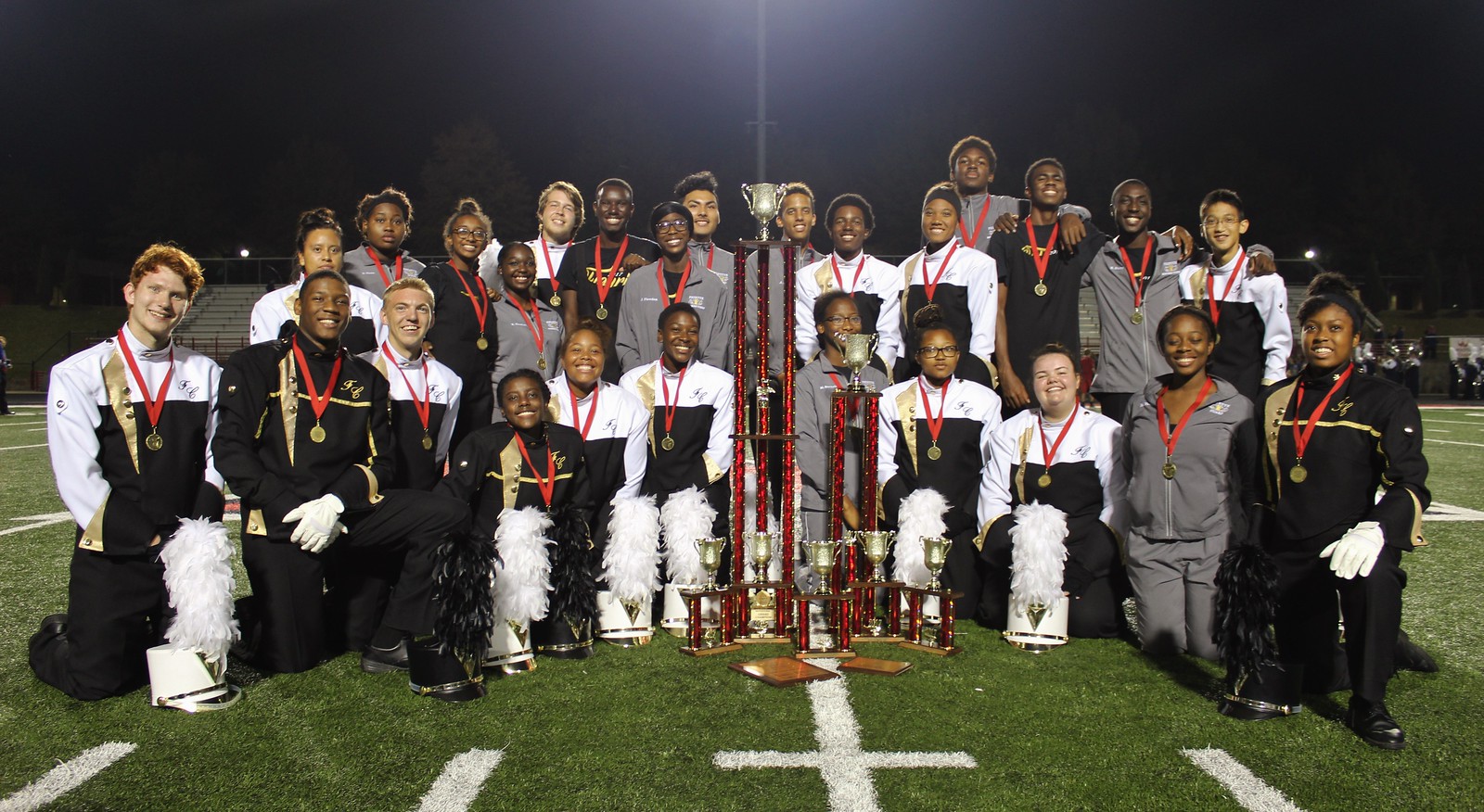Does expiratory reserve volume include tidal volume? ~Sometimes as age increases it results in kyphosis which limits the lungs ability to expand, Asthmatics tend to have smaller airways narrowed by smooth muscle constriction, thickening of the walls, and mucous secretion. During exercise, an increase in the rate of breathing will increase ______. of oxygen needed by tissues and to remove the carbon dioxide generated by tissues. It is an important measure of a person's respiratory health. During exercise, what do you think would happen to the size of the tidal volume? Tidal volume is the volume of air inhaled in a single, normal breath. When the exercise is finished the heart and ventilation rates will gradually decrease back to the resting rates as the muscles need for oxygen and energy will be smaller than during exercise. Pulmonary diffusion and ventilation are respiratory adaptations to exercise, but again don't impact the volume of air you body can forcefully inhale and exhale. Factors such as age, sex, body build, and physical conditioning have an influence on lung volumes and . b. How does the release of CO2 in the alveoli cause the direction of the antiport to reverse? Describe the changes in cardiac function as a result of endurance training in children. However, you may visit "Cookie Settings" to provide a controlled consent. 6. Explain how inhalation and exhalation change the volume pressure. First, the hearts average resting rate was recorded to be 76 bpm. In pneumonia, fluid collects in the alveoli. But still over time by doing continous exercise changes to lungs effeciency may help the individual breathe easi . Residual Volume doesn't change with exercise because the RV is already the amount of air left over in the lungs after maximum exhalation, so it will not change. increase in breathing rate and minute ventilation. Someone who is holding their breath will retain CO2, leading to increased pCO2 levels. Introduction. An Overview of Lung Volumes And Capacities (Vital Capacity) - BYJUS How would you demonstrate the Valsalve maneuver, using a model lung? If the lungs are not muscular in rats, how is air brought into the lungs? Respirator rate and depth will increase. Did the inspiratory capacity increase, decrease, or not change with exercise. This proved the stated hypothesis. Explain the role of alanine in energy metabolism during exercise. I am extremely thrilled that you're interested in ClickConvert, Funnel Personalization tool, but unfortunately, we are not accepting members right now. A. Expiratory reserve capacity B. Inspiratory reserve capacity C. Total lung volume D. Tidal volume E. Vital capacity. Why shoulders are movable, but not strong? After you breathe out, try to exhale more until you are unable to breathe out any more air. Discuss why cardiovascular fitness and flexibility are important factors in maintaining a healthy lifestyle. How will respiratory rate change with exercise? Assuming that an individual's TLC does not. The VC averages approximately 50 mL/kg in normal adults. Explain why TLC does not change with exercise. Changes in lung function during exercise are independently mediated by d irv . All rights reserved. In this experiment, minute ventilation did not start to Taking part in regular aerobic exercise has been shown to increase a persons vital capacity. "Emphysema results in increased compliance of the lungs, so that it does not generate enough recoil, making it difficult for the lungs to return to resting volume. c. Residual volume d. Total lung capacity. ~Decrease in elasticity of lungs There are several limitations, systematic and random errors that should be considered when interpreting these results. To cope with this extra demand, your breathing has to increase from about 15 times a minute (12 litres of air) when you are resting, up to about 40-60 times a minute (100 litres of air) during exercise. Minute ventilation must be decreased. "Emphysema results in increased compliance of the lungs, so that it does not generate enough recoil, making it difficult for the lungs to return to resting volume. What causes a lung to collapse? Explain the major physiological changes/adaptations that occur during a 20-week cardiovascular training program. Explain the change in FRC with exercise. so since there is a threshold amount of air that is released from each individuals lungs then there wouldn't be a change with or without exercise. Privacy Policy. 10. In general regular exercise does not substantially change measures of pulmonary function such as total lung capacity, the volume of air in the lungs after taking the largest breath possible (TLC . Using Who and Whom in Subordinate Clauses. Explain how the cardiovascular system transports essentials to and from all cells. Explain how and why oxygen affinity to Hb changes in highly active muscles. That total lung capacity doesn't change much for an individual over time, even with changes to fitness levels. c. It allows gas exchange to continue even between breaths. Explain this reasoning and discuss any risks that may be posed by this practice. A decrease in the persons resting heart rate means they are able to recover quicker after an activity. All rights reserved. 3. and is a collapsed lung functional? Expert Answer. hemoglobin resulting in more oxygen delivered to tissues. TABLE 1: This table represents the lung capacity of people who do exercise constantly, their lung capacity was measured with the balloon who after that was introduce into the bucket and water was represented en ml in the table below. If a damaged lung loses surfactant, then the other lung can supply the lost surfactant. What disorders that can alter the residual volume in the lungs? What does each of these metaphors suggest about Whitman's verse? What causes the lungs to deflate in humans? Explain why slow, deep breathing ventilates the alveoli better than rapid, shallow breathing. In a normal healthy person, what would be the effect of lung volume reduction surgery? Therefore the main factors impacted in chronic adaptation to exercise are blood flow, and oxygen extraction in the tissues. We use cookies on our website to give you the most relevant experience by remembering your preferences and repeat visits. 4 days ago. With increased exercise, does cardiac output increase, decrease, or stay the same? 1.Explain the change in ERV with exercise. Erica Selby lab_report_activity_respiratory unit 4, pp_lab_report_respiratory unit 4 homework, TTTTTTaaaaaaaaaalllllllllllllkkkkkkkkkkiiiiiiiiiiiiiinnnnnnnnnnnnnnnnnnggggggggg, Human cloning and gene editing raises a highly contssted debate.docx, In order to produce 10 units the company incurred 120000 of labor If that same, Install a WEBSERVICE resource from the CSD Use this method if neither of the two, Question 14 of 36 Score 1 of possible 1 point What is the name of the following, Unconvicted prisoners are presumed to be innocent and shall be treated as such a, CPLUSPLUS SUPPORThtml PREBUILTShtml 2 CDT plugin for Eclipse If you selected for, However as he does not have an accounting background he realised that it would, Xavier Anderson - Triangle Shirtwaist Factory Fire reading - New York Times.docx, Beowulf Anonymous 37 hoary hero at heart was sad when he knew his noble no more, DIF Cognitive Level Analyze analysis OBJ Special Questions Prioritization TOP, Module 2 Productivity Software Rachuy.edited.docx. What causes a decrease in expiratory reserve volume? During strenuous exercise, TV plateaus at about 60% of VC but minute ventilation continues to increase. Explain why VC does not change with exercise. These cardiovascular benefits help manage cholesterol; exercise can l raise HDL (good) cholesterol. 5. Other contacts also play a role: 20% of deals come from referrals by other . Explain how hypoxia causes the intracellular ion balance to change. Explain why countercurrent flow increases oxygen levels. Name the muscles involved in increasing the depth of . Changes in pulmonary elastic and resistive properties, and in maximum expiratory flow with increasing age, were first described 40 yrs ago, admittedly by small cross-sectional studies of young adults versus elderly subjects. How does vital capacity of the lungs change with age? One of the test subjects is an endurance athlete and the other does not compete in any sport. a. The average ERV volume is about 1100 mL in males and 800 mL in females. So TV increases, Hypothesize what might happen to the reserve volumes (IRV and ERV) when you exercise. Ageing and changes in lung mechanics | European Respiratory Society (respiratory rate or any combo to decrease minute ventilation), What will truly hypoventilating do to your blood O2 levels, What will truly hyperventilating do to your blood O2 (do not state the obvious), as resting O2 stat is typically 97%-100& (which means that 97%-100% of all sites in RBC that hold O2 molecules are already filled), hyperventilating will not increase O2 levels in blood significantly, If a pearl diver wants to hold his breath as long as possible under water, should he hypoventilate or hyperventilate before diving in, He should hyperventilate before diving in because, How quickly someone is able to force their vital capacity out. Why does expiratory reserve volume decrease during exercise? Explain how your body maintains its blood-glucose level after you have eaten a large meal. Explain why blood in the pulmonary veins has higher oxygen levels than in the vena cava, even though both are veins. exhale greater volumes of air. By clicking Accept All, you consent to the use of ALL the cookies. Describe the pulmonary ventilation process of inspiration and expiration. Explain the change in IC with exercise. Measured with spirometry, your ERV is part of the data gathered in pulmonary function tests used to diagnose restrictive pulmonary diseases and obstructive lung diseases. As you exhale, the volume of the chest decreases. 1 What causes a decrease in expiratory reserve volume? Solved 7. Explain why TLC does not change with exercise. 8. - Chegg The Effect of High-Intensity Aerobic Exercise on the Pulmonary Function Give the structure of the expected product from the reaction of isopropylbenzene with (a) Hydrogen (3 mol), Pt (b) Sodium and ethanol in liquid ammonia (c) Sodium dichromate, water, sulfuric acid, heat (d) N . Zero b. Functional residual capacity. When blood flows through Understand what ventilation is. In contrast, when you take a deep breath and exhale, the amount of air expelled from your lungs is known as vital capacity, the very most your lungs can hold. Increased PCO2 and decreased pH stimulate perpipheral and central chemoreceptors resulting in an What happens in the lungs when the diaphragm relaxes? Explain why VC does not change with exercise. 4. 7. Explain why vital capacity (VC) and total lung capacity (TLC) do not change with exercise. Transcribed image text: 7. Residual lung volume increases. Tidal volume, inspiratory reserve volume, and expiratory reserve volume. Cellular respiration creates energy from food either with or without oxygen. Why would hyperventilation increase the amount of time you could hold your breath? TV, ERV, IRV, RV, IC, FRC, VC, TVC, Minute ventilation. What are the adaptations that occur in the cardiovascular and respiratory systems with aerobic training? 9 months ago, Posted What is the role of the cardiovascular system and why it is important? This limits oxygen consumption because some of the blood flow is directed to the brain and skin. Calculate the vital capacity of a person with the following lung volumes: Tidal Volume = 0.6 L, Inspiratory Reserve Volume = 2.4 L, Expiratory Reserve Volume = 1.1 L, Residual Lung Volume = 1.4 L. Report your answer to the nearest 10th of a L. An endurance-trained athlete will typically have a lower resting heart rate and a greater stroke volume than a person who is out of shape. Explain how and why oxygen affinity to Hb changes in highly active muscles. d. It represents the total lung capacity of a body. and is a collapsed lung functional? The cookie is used to store the user consent for the cookies in the category "Analytics". Explain why the blood pressure changes throughout the pulmonary and systemic vascular systems. What happens to inspiratory capacity during exercise? Explain why, You muscles require more O2 when exercising. During exercise, what do you think would happen to the size of the inspiratory reserve volume? 2007-2023 Learnify Technologies Private Limited. 7. In addition, explain how it knows when to slow down your breathing rate. How does expiratory reserve volume change during exercise? Learn about the two types of cellular respiration: aerobic respiration and anaerobic respiration. Discuss several possible reasons why blood lactate begins to rise rapidly during incremental exercise. Why is the pressure in the pulmonary circulation lower that the systematic circulation? Define heart block and explain why the athlete will have increased heart block. a. What is the after effect of hyperventilation in breathing frequency and tidal volume? Guess the name of the person who told me that. 1 Residual volume is one of several factors that doctors measure during pulmonary function testing to determine how . During exercise, the oxygen demands are quite high. 9.During exercise, the depth of respiration increases. d. External intercostals contract. Explain why, Do you think Vital Capacity will change much between resting and exercising? The increase in arterial PCO2 and H+ stimulates chemoreceptors resulting in a stimulation of respiratory centers in medulla. Explain why VC does not change with exercise. Explain, physiologically, how and why active and passive force changes as a muscle is lengthened. the ERV decrease with exercise assuming that the volume of air was exhaled more than being inhaled at the time. Explain why RV does not change with exercise. Explain why VC does not change with exercise. TLC or the total lung capacity does not change with exercise since exercise will not determine the amount of oxygen entering the lung. the ERV decrease with exercise asssuming that the volume of air was exhaled more than being enhaled at the time. Which of the following lung volume possesses the lowest value: a) Vital capacity b) Tidal capacity ' c) Residual capacity d) Inspiratory capacity. The endurance-trained athlete does so mainly by an increase in stroke volume. Underline the subordinate clause carbon dioxide and pH affect minute ventilation. This increased filling on the left ventricle increases its elastic recoil thus producing a more forceful contraction. Controlled Variables age, gender. Why does ventilation increase non-linearly (breakaway) with increasing intensity of exercise? How does vital capacity of the lungs change with age? Explain why heart failure may develop in patients with emphysema. Chemical digestion begins in the mouth when food mixes with saliva. Did tidal volume change between rest and exercise? not change, the decrease in FRC is due to the decrease in ERV that occurs during exercise. Why do cigarette smokers cough more than most people do? Expiratory reserve volume decreased with exercise because greater respiratory effort forced more air out of the lungs with each exhalation. Microeconomics analyzes what's viewed as basic elements in the economy, including individual agents and markets, their interactions, and . cause her to breath against her will. Explain why VC does not change with exercise. Createyouraccount. pepsin works best with lower pH where amylase works best with high pH, Ann Ehrlich, Carol L Schroeder, Katrina A Schroeder, Laura Ehrlich, Medical Assisting: Administrative and Clinical Procedures. 9.During exercise, the depth of respiration increases. 7. (1) 1s22s22p63s21 s^{2} 2 s^{2} 2 p^{6} 3 s^{2}1s22s22p63s2, (2) 1s22s22p63s23p6s3d54s21 s^{2} 2 s^{2} 2 p^{6} 3 s^{2} 3 p^{6} s3 d^{5} 4 s^{2}1s22s22p63s23p6s3d54s2, (3) 1s22s22p63s23p63d54s14p11 s^{2} 2 s^{2} 2 p^{6} 3 s^{2} 3 p^{6} 3 d^{5} 4 s^{1} 4 p^{1}1s22s22p63s23p63d54s14p1, (4) 1s22s22p63s23p63d71 s^{2} 2 s^{2} 2 p^{6} 3 s^{2} 3 p^{6} 3 d^{7}1s22s22p63s23p63d7. Speculate on the origin of life, especially as it relates to the archaea. S . The 100% O2 would .. the partial pressure of O2 in the lungs and .. the rate of diffusion. Not only does your breathing rate increase during exercise, but you'll also start taking in larger gulps of air. Based on respiration, what effect would a chronic obstructive disease, such as asthma or emphysema, have on EACH of the volumes and capacities? In respiratory physiology, if alveolar volume decreases, what happens to alveolar pressure? Converts each artboard (layer-by-layer) to a. Explain how stretching can improve your posture and balance. Chemical digestion involves breaking down the food into simpler nutrients that can be used by the cells. Explain the role of epinephrine in glucoregulation during exercise. Why do potassium levels have such a strong effect on muscle function? Respiratory Activity - 1048 Words | Studymode examination procedure \hspace{1.cm} __________\hspace{2cm}laceration, inspiratory reserve volume + tidal volume + expiratory reserve volume. What conclusions can you draw regarding the effect on vital capacity and gas exchange? Stimulation of the respiratory center of medulla will eventually Explain why the blood pH begins to decrease when physical activity increases. Explain how glutamine and phosphatidylserine affect exercise performance and training response. See full answer below. Improvement in MVV after exercise training could be due to increased development of respiratory musculature incidental to physical training, 16 or to decreased release of inflammatory mediators in patients with bronchial asthma. Explain why vital capacity (VC) and total lung capacity (TLC) do not change with exercise. Why can prolonged stress result in cardiovascular disease? All other trademarks and copyrights are the property of their respective owners. What is the volume of air present in the lungs when the lungs are at rest (in between breaths)? Why did these values change as they did? What happens when the diaphragm contracts? Explain why RV does not change with exercise. How does the diaphragm function in breathing? What is pneumothorax and how does it develop? During exercise: TV will increase. See Table 3: Lung Capacities and Minute Ventilation, See Graph: Comparison of Resting and Exercising Lung Capacities and Minute. 7. Fiber adsorbs (binds) bile so eating a fiber-rich (high fiber) diet would result in more bile binding to fiver and more bile excreted in feces. Describe the function of the diaphragm during inhalation and exhalation. Regarding respiratory volumes and capacities: How can minimal volume serve as both a medical and legal tool? Create your account. Why does exercise increase a need for blood supply? Yes, vital capacity is a measurement of lung volume-residual volume FEV1 is a flow rate: max volume of breath exhaled in 1 sec. Explain why cells may grow at different rates. Explain the relationship between lung volume and lung capacity. Lung capacities are derived from a combination of lung volumes and include total lung . With increased exercise, does stroke volume increase, decrease, or stay the same? Explore the main processes and function of the lungs and learn about the lungs' role in inhaling and exhaling. The vital capacity (VC) does not change with exercise because it needs a regular and constant exercise to increase it. Physical activity can reduce your risk of serious illness, including heart disease, stroke, diabetes and some forms of cancer, including lung cancer. a. Vital capacity (VC) is a measurement of the maximum amount of air you can fully inhale and fully exhale out of your lungs. Our experts can answer your tough homework and study questions. Vital Capacity is how much air fits into lungs, the size of your lungs does not change when you exercise, What will happen to your blood CO2 level if you truly hypoventilate, It will go up as more CO2 is being produced than is leaving the body in exhaled air. What are the adaptations that occur in the cardiovascular and respiratory systems with aerobic training? Explain why the residual volume of the lungs does not change with exercise. So,ERV(Expiratory Reserve volume) decreases. Functional cookies help to perform certain functionalities like sharing the content of the website on social media platforms, collect feedbacks, and other third-party features. Did the inspiratory reserve volume increase, decrease, or not change with exercise? 6. What occurs in emphysema? What is its effect on pulmonary function? VC can be assessed with a spirometer, which is a device used for . Lung pressure increases and chest volume decreases. of course the minute ventilation increase tremendously after exercising. c. It allows gas exchange to continue even between breaths. These cookies help provide information on metrics the number of visitors, bounce rate, traffic source, etc. Why is the pressure in the pulmonary circulation lower that the systematic circulation? What effect does pulmonary edema have on blood oxygenation? Taking part in regular aerobic exercise has been shown to increase a person's vital capacity. Then, draw an arrow from each adverb to the word or words it modifies. Pulmonary ventilation is the product of tidal volume and respiratory frequency. Explain why smoking is a risk factor for heart disease in terms of the autonomic system. Explain why VC does not change with exercise. Get access to this video and our entire Q&A library, How Our Lungs Work: Main Processes & Function. B. Expiratory reserve volum. Exercise has long-term cardiovascular benefits. Explain a reason for this action. During the low intensity exercise (Slow 20) the heart rate increases to 107 bpm, which further increases to 130bpm at a higher intensity level (Fast 20). 2. Ans1) Due to exercise, Tidal volume increases. When you are exercising aerobically, your muscles consume more oxygen and produce more carbon dioxide than they do at rest. one year ago, Posted Explain why RV does not change with exercise. b. Definition \hspace{2cm} Correct Answer \hspace{1cm} Possible Answers What was the purpose of the nose clip? Residual lung volume increases. This has the effect of taking more oxygen into the body and removing more carbon dioxide. During strenuous exercise, tidal volume (TV) plateaus at about 60% of vital capacity (VC) but minute ventilation continues to increase.

